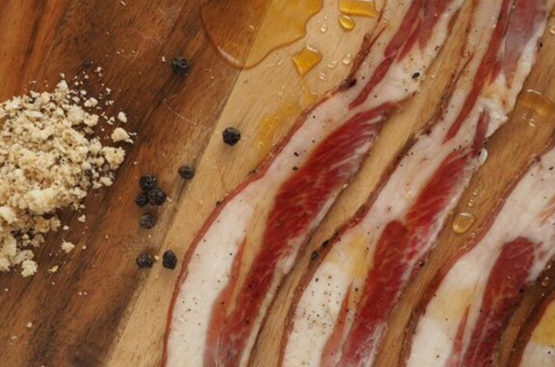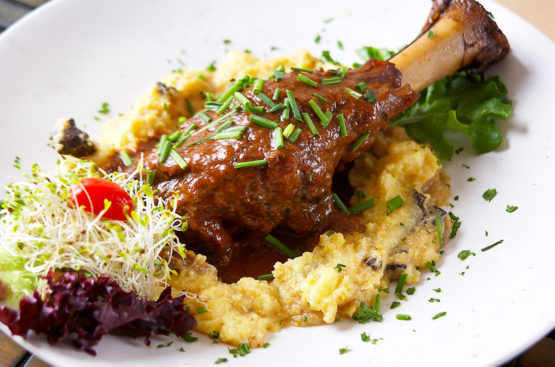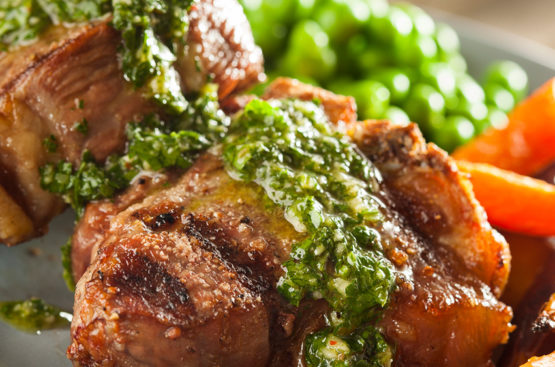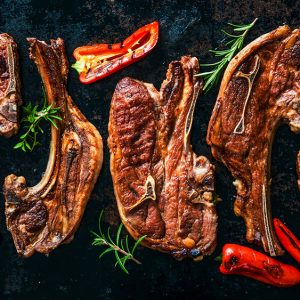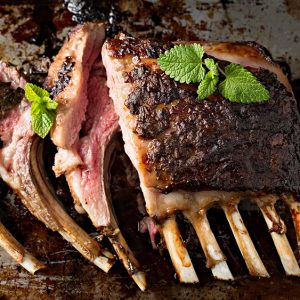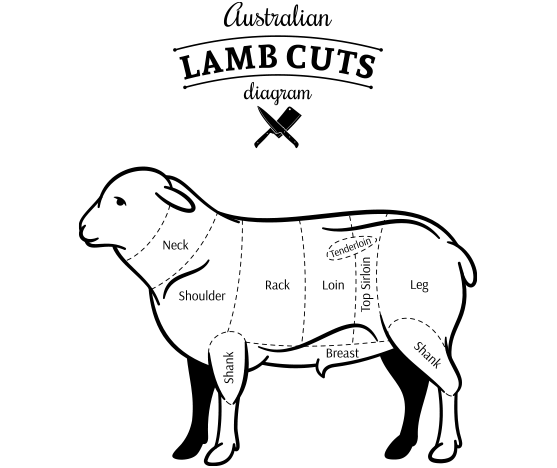
Spring is the time to celebrate lamb.
Spring lamb is the most tender and juicy meat of all. To assist you in getting the best from each cut of meat, we have included information about the different cuts, where they originate and what cooking method brings out the full flavour and tenderness of the meat.
Enjoy your own tried and trusted recipes or experiment with some of the following ideas to turn your lamb dish into something spectacular.
Leg of lamb comes from the hindquarter. Leg of lamb is a naturally tender cut of meat. We recommend purchasing with the bone in, the best method of cooking is to roast this cut whole. A leg of lamb lends itself to a variety of lamb recipes and it can also be deboned, rolled and tied, butterflied, or cubed for kababs.
To spice up the flavour of the whole roast, rub with a marinade and leave covered for 2 to 3 hours in the refrigerator. Remove from the fridge for the last hour so the meat is near room temperature for cooking. Roast in a preheated oven about 200C placed on a roasting rack in a pan for 25 to 30minutes per 500gm of lamb. Rest covered with foil 15 to 30 minutes before carving.
Alternatively you might like to try a butterflied leg, this cut is the leg of lamb with the bone removed. It can be barbecued, roasted or slow braised.
The reason we recommend resting meat after it is cooked is because the high heat used in cooking makes the proteins in the muscles contract which can push the juices towards the centre of the meat.
If you allow the meat to rest (covered with foil to keep warm) anywhere from 5 minutes for a steak to around 20 minutes for a whole roast, liquid can be reabsorbed making the meat more tender and stay in the meat rather than run over the cutting board or plate.
Resting also helps even out the temperature of the meat.
Our Range
Lamb BBQ Pack
Includes 100% grass fed butterflied leg, cutlets, BBQ forequarter chops, loin chops, BBQ ribs, Gluten Free Sausages, Lamb Kofta Burgers and our world famous lamb bacon
Lamb Premium Pack for Lamb Lovers
Lamb Lovers – Lamb Premium Pack
Perfect for a household of lamb lovers 660g 8 point rack, 1.5kg rolled shoulder, 8 thick cut loin chops, 1.4 easy carve leg roast, 500g mince, 4 shanks, 2 x 110g Wood Smoked Lamb Bacon, 2 x 110g Maple and Black Pepper Lamb Bacon

